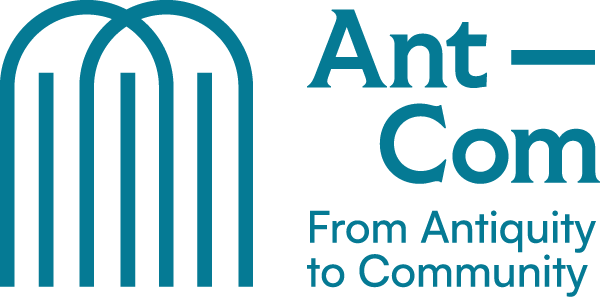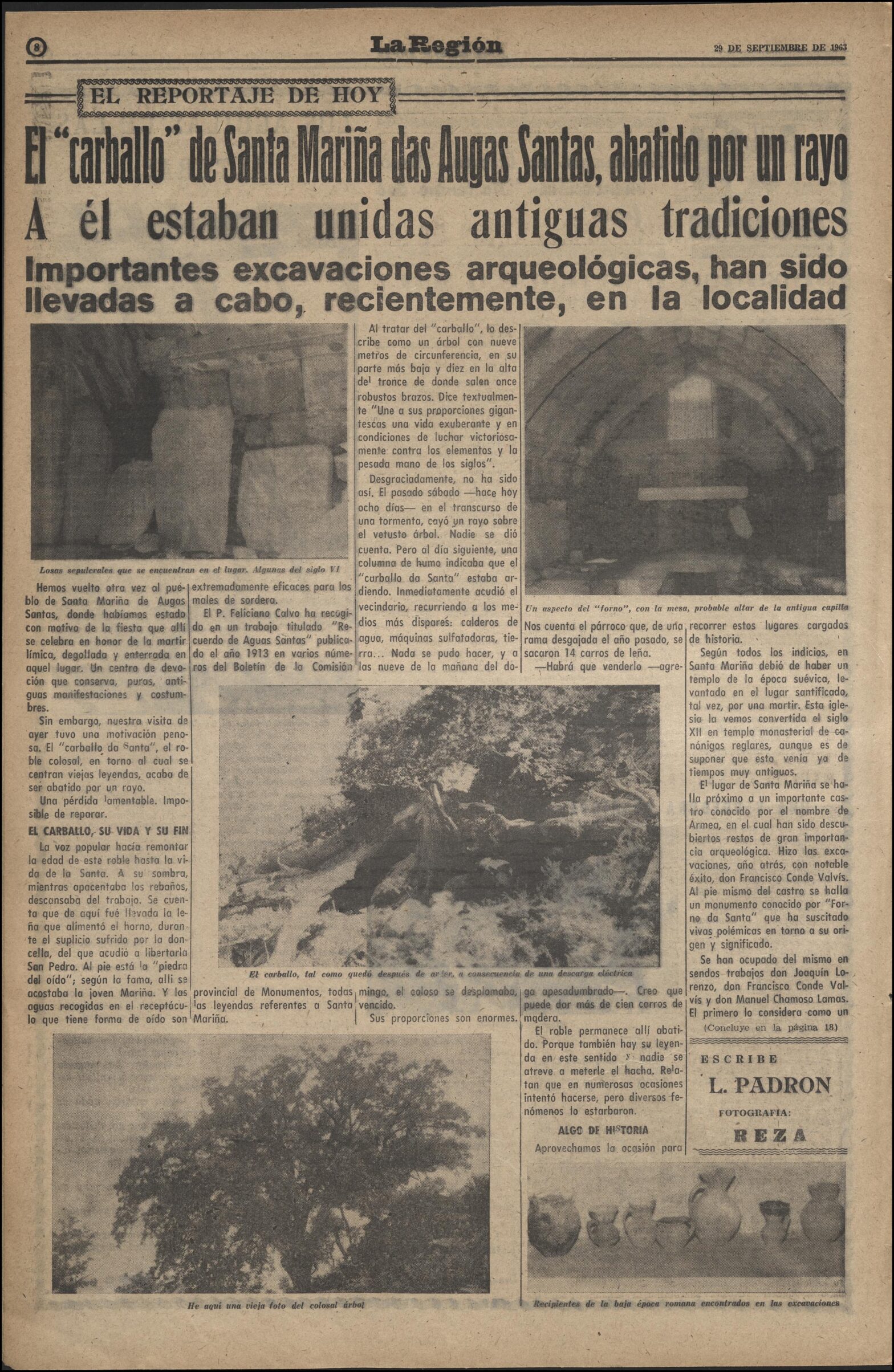In an early medieval visionary text, The Journey of Trecenzonius (10th century), the narrator describes how he wanders along a remote and deserted region at the end of the known world, Gallaecia. After the Muslim conquest, everything has been destroyed, but the old Roman lighthouse of Brigantium still stands. He goes to the top, where a magical mirror reflects a distant island, Solitio Magna. When he finally reaches the mysterious enclave, full of marvels, he finds a basilica that treasures the remains of Saint Thecla. The isle is a veritable paradise and Trecenzonius forgets about his previous life until, seven years later, an angel calls him back to Gallaecia. When he arrives to the city of Caesarea (a name evoking its Eastern counterparts), he realises that, not a few years, but several centuries have passed, since the barren landscape he had left is now populated with a multitude of cities and villages.
This curious narrative brings together two of the topics doctoral candidates based at the Universidade de Santiago will be working on: the fascination exerted by the Roman lighthouse in A Coruña – the so-called Torre the Hércules, the oldest operative lighthouse and, therefore, UNESCO world heritage monument – and the not fully explained cultural and religious connections between the Greek East and the Western fringe of Europe, which only the cults to Thecla and Marina seem to confirm. Galicia is certainly a territory where layers of different pasts and cultures can still be ascertained in landscape. But together with the findings of archaeological and historical research, there is a vibrant mélange of popular legends, traditions and rituals, old lore, and toponymical knowledge with which local communities have tried to make sense of this remote past throughout the centuries. This immaterial legacy, mostly preserved in orality, will be the repository for the doctoral projects devoted to the analysis of the popular traditions woven around the ancient lighthouse by Galician fishermen and seafarers, as well as to the study of the cultural syncretism achieved in the castro (hilltop fortress) of Santa Tegra (A Guarda) and in Santa Mariña de Augas Santas (Allariz), two places where Iron Age monuments and cults where re-signified in Late Antiquity by means of their association with these early Christian martyrs. In this task, doctoral candidates will have the chance to work with these local communities in order to preserve and bring this collective heritage to a wider audience, counting on the support and collaboration of public institutions such as the consortium for the Tower of Hércules, the Museo Arqueolóxico e Histórico da Coruña, the Casa da Cultura de Allariz and the Museo Arqueolóxico de Santa Tegra.
In both cases, the extraordinary feature is that an interrupted link with the past has been kept until nowadays: while the memory of an old Roman monument has been recreated for centuries until turning it into the work of the Greek hero Hercules and the foundational landmark for the city of A Coruña, in Allariz and A Guarda religious rituals going back to the Iron Age have been re-elaborated so as to associate them with their local saints, in romerías (religious festivals) that have taken place since the Middle Ages, sometimes with minimal changes, as you can see in the documentary Lume na auga.
The same kind of emotional attachment with the past is what explains the powerful appeal the stories recreating the Trojan War had for medieval readers, the topic for the third of the doctoral projects to be carried out in Santiago. Although this event had taken place in faraway places and many centuries before, medieval audiences all over Europe read about Greek and Trojans as if their deeds were unfolding before their eyes. This connection with ancient history was forged in the belief that many of the European peoples descended from the Trojan émigrés after the defeat, as well as in the existence of local traditions linking the foundation of several cities throughout the continent to either Greeks (e.g. Ulysses for Lisbon) or Trojans (e.g. Antenor for Padua). In absence of tangible material remains of this historical event, imagination had to be put at work, both in texts and images. And in this process, lavishly illustrated manuscripts retelling the battles between Greek and Trojans, together with the detailed description of passionate love affairs and fantastic monuments, afforded an immersive reading experience that made the delights of an aristocratic audience educated in the fin’amors. One of the most remarkable medieval re-elaborations of the Trojan legend is a mid-14th century copy of Guido delle Colonne’s Historia destructionis Troiae produced in Venice but now preserved in the Biblioteca Nacional de España in Madrid (Mss/17805). The selected doctoral candidate will be able to benefit from the privileged partnership created in the last years between the USC and the BNE, one of the leading libraries in Europe, to delve into the analysis of the codified gestures of joy and sorrow displayed in its lengthy pictorial narrative, some of them going back to Graeco-Roman art. Again, a visible link with the past that reached medieval Venice and now our present…
In these journeys into variegated pasts, AntCom fellows will be accompanied by Fátima Díez Platas, Marco V. García Quintela and myself, Rosa M. Rodríguez Porto. We are very much looking forward to welcoming you in Santiago!

